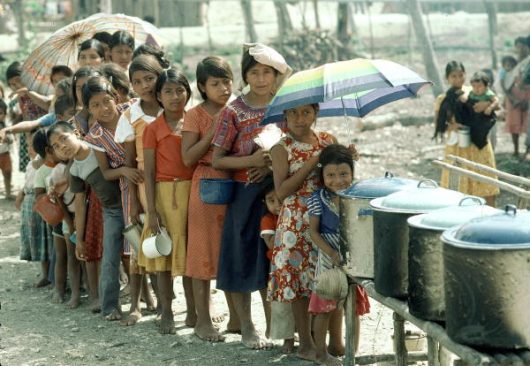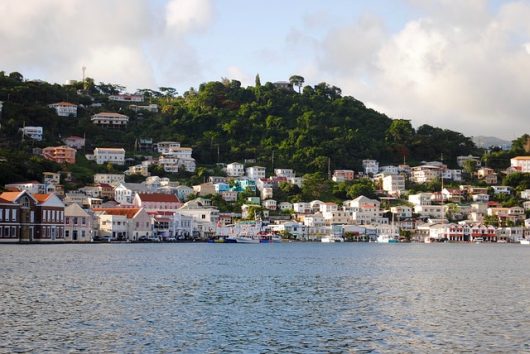 Grenada is part of a small collection of islands in the Caribbean Sea near Venezuela. Due to the country’s small size, Grenada refugees do not face many formal regulations and protections. The following 10 facts about Grenada refugees explain how Grenada handles its refugees, the improvements the government is making for refugees and the future of refugees in Grenada.
Grenada is part of a small collection of islands in the Caribbean Sea near Venezuela. Due to the country’s small size, Grenada refugees do not face many formal regulations and protections. The following 10 facts about Grenada refugees explain how Grenada handles its refugees, the improvements the government is making for refugees and the future of refugees in Grenada.
- Grenada is not a party to the 1951 Refugee Convention. This convention served as the major legal framework for refugees as it defined the term refugee, outlined refugees’ rights and determined the legal obligations of states to protect refugees. The core principle is non-refoulement, which means that a refugee will not be returned to their country of origin if they are facing serious threats to their life or their freedom.
- The government of Grenada has no formal policy for recognizing refugees. There is an open policy towards migrants which allows them to remain in the country without attaining refugee status. Additionally, the Grenada constitution provides for freedom of movement within the country, foreign travel and emigration.
- Grenada is a popular point for migrants because it allows for easy access to its neighboring islands and to South America.
- Most refugees to Grenada come from other islands in the Caribbean. Grenada does not receive many asylum-seekers, and as a result of the lack of formal policy regarding refugees, most asylum seekers are not documented.
- The Office of the United Nations High Commissioner for Refugees (UNHCR) determined that the only durable solutions for refugees in Grenada were voluntary repatriation or resettlement in a third country.
- Grenada’s economy and conditions are not ideal for mass migration. Grenada was formerly an agriculture-dependent economy that, in the last 40 years, has become a service-oriented economy. Additionally, Grenada is very vulnerable to climate change and natural disasters, specifically hurricanes.
- Grenada has historically complied with refugees and has not violated the non-refoulement principle. In 2010 the government of Grenada agreed not to deport a family that was recognized by the UNHCR as refugees. This family was eventually resettled to a third country.
- Similarly in 2011, Grenada recognized a refugee family that was also resettled to a third country.
- In 2013 Grenada participated in a conference in conjunction with the UNHCR and other Caribbean countries called the “Regional Conference on the Protection of Vulnerable Persons in the Mixed Migration Flow.” This conference provided an open dialogue regarding migration in the Caribbean region.
- The UNHCR predicted in 2014 that Grenada will soon see a surge in the number of asylum-seekers.
Since Grenada is small, its migrant flow has not been overwhelming, which has allowed the Grenadian government to cooperate with migrants. As Grenada may soon expect an increase in asylum-seekers, it is imperative that the Grenadian government begins to address the rights of Grenada refugees and the country’s ability to host a refugee population.
– Christiana Lano
Photo: Pixabay
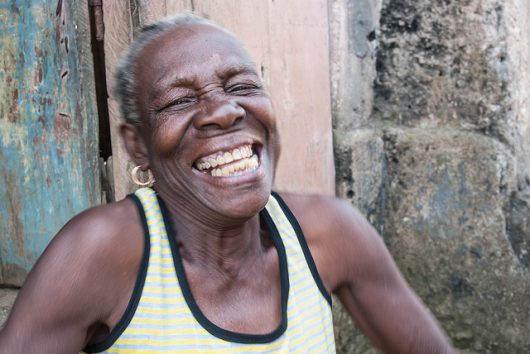
 Refugees began arriving in Canada, to the Montreal Olympic Stadium in the
Refugees began arriving in Canada, to the Montreal Olympic Stadium in the 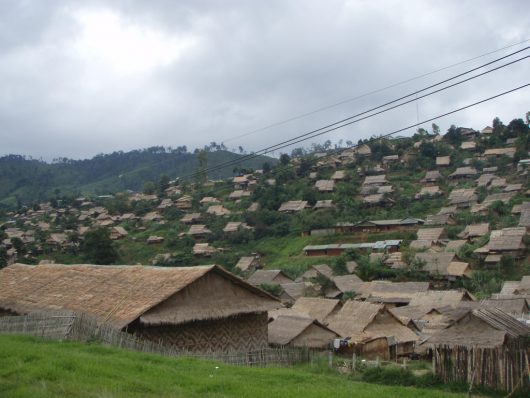 A Brief History:
A Brief History:
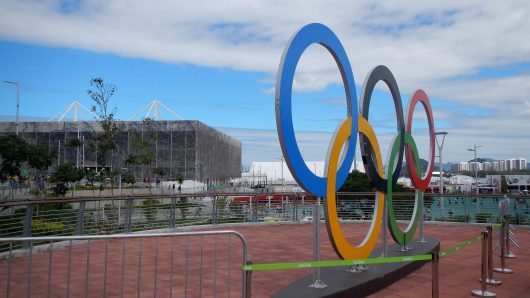 Preceding the 2016 Rio Olympic Games, the
Preceding the 2016 Rio Olympic Games, the 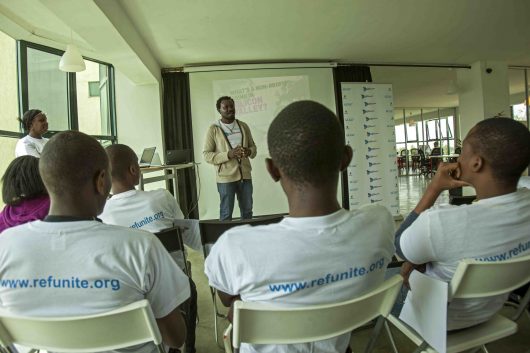 Today, web and cellphone apps are being used by billions of people around the world. With so many applications being free there is an increased number of people who can access them. Today new apps are being created in order to help those who are in distress, such as refugees. Here is a list of just three new apps of this year that are helping refugees translate, gain access to information and connect with their families.
Today, web and cellphone apps are being used by billions of people around the world. With so many applications being free there is an increased number of people who can access them. Today new apps are being created in order to help those who are in distress, such as refugees. Here is a list of just three new apps of this year that are helping refugees translate, gain access to information and connect with their families. Uganda’s refugee policy currently attempts to admit on average 2,000 refugees per day. Looking to spark the
Uganda’s refugee policy currently attempts to admit on average 2,000 refugees per day. Looking to spark the  The organization Half of Humanity is working to combat an issue that often gets swept under the rug: unhealthy menstrual practices within refugee populations.
The organization Half of Humanity is working to combat an issue that often gets swept under the rug: unhealthy menstrual practices within refugee populations.